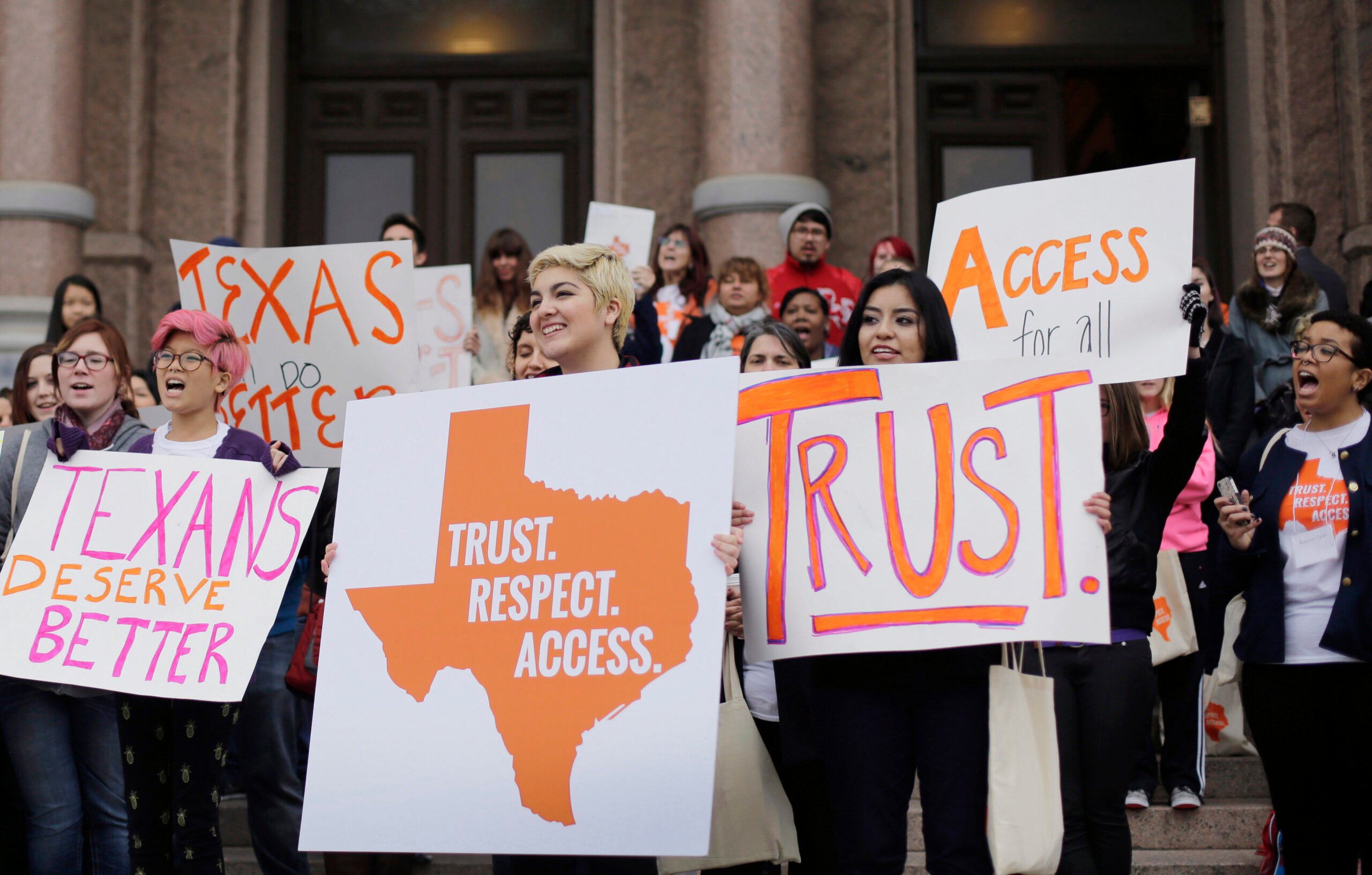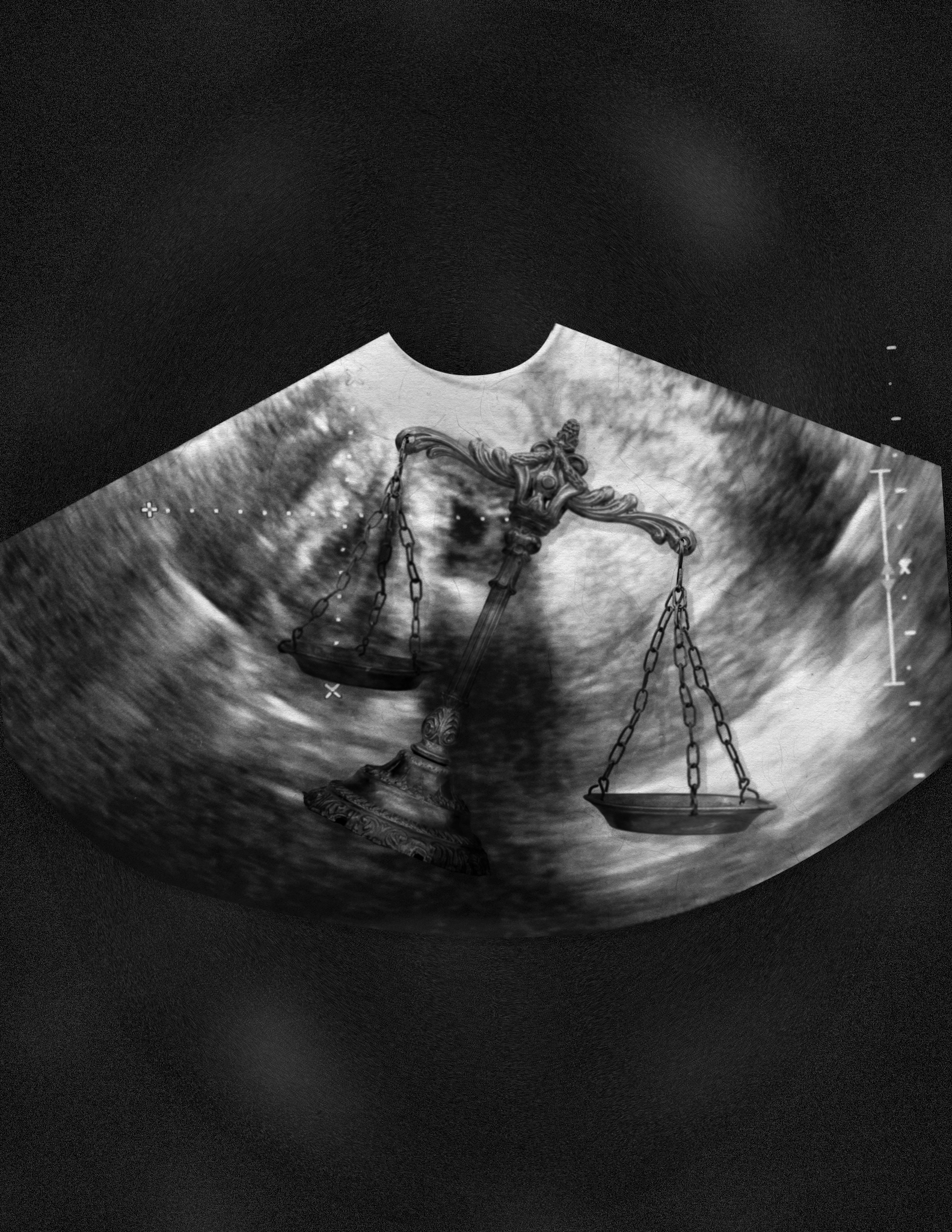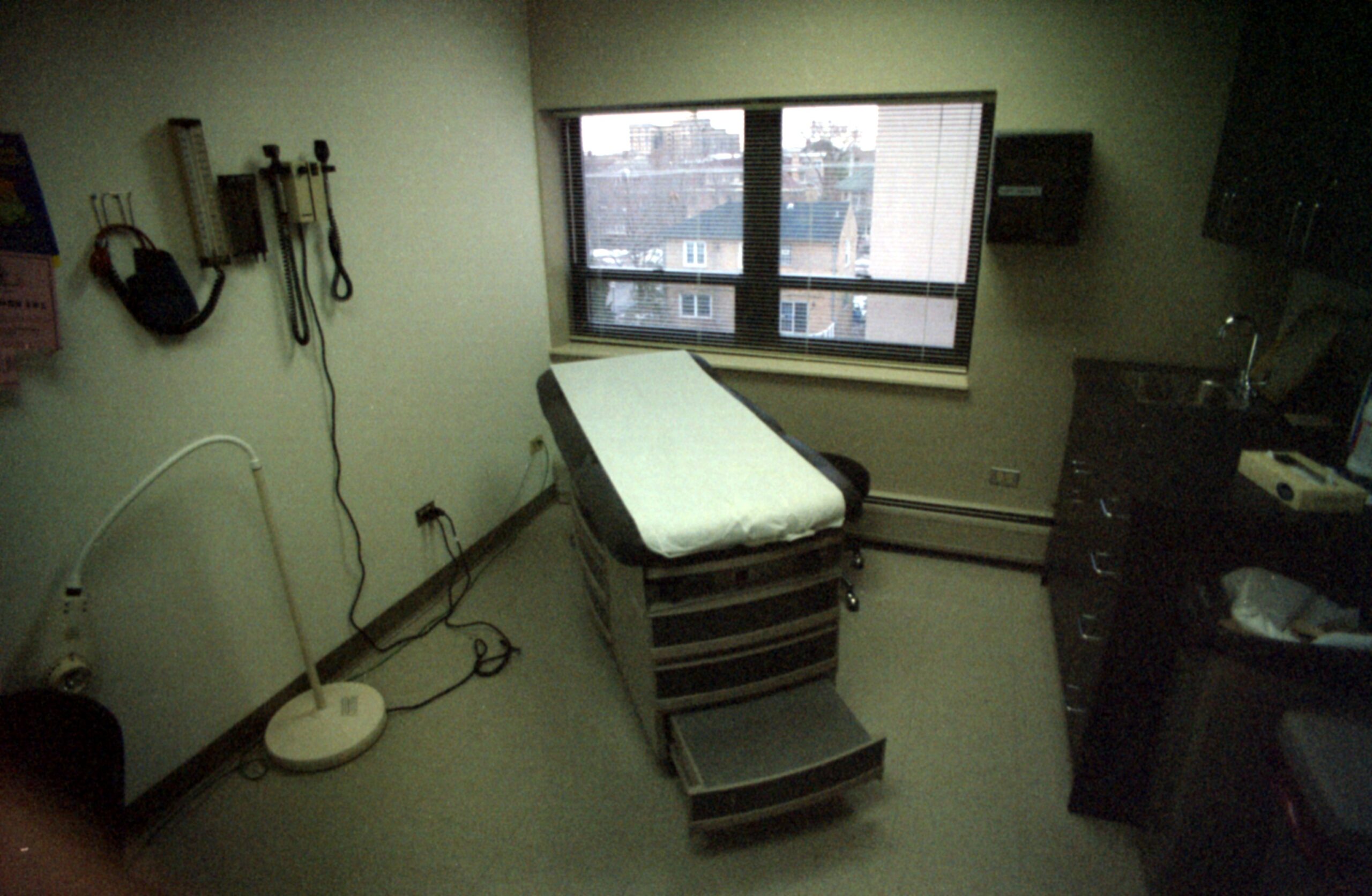Budget Effectively Guts Family Planning

Updated May 26, 9:55 a.m. The budget conference committee approved its report this morning on a 9-1 vote, which includes the nearly $62 million in family planning cuts passed by the House in March.
With looming budget cuts to the state’s family-planning programs, advocates are preparing for a “tsunami” of consequences.
The final version of the budget is expected to slice two-thirds of the state’s family-planning funding. Those cuts will deprive hundreds of thousands of women of birth control and basic healthcare services. The state will endure more unplanned pregnancies that taxpayers will be obligated to cover. Abortions will likely increase. And the lack of funding will force providers to close their clinics.
“There’s not going to be a ripple effect, it’s going to be a tsunami effect,” said Fran Hagerty, executive director of the Women’s Health and Family Planning Association of Texas. “It’s going to be big and it’s going to be fast. We’re going to see the effects of this this time next year.”
Tomorrow will be a big day in the family-planning saga this session. Budget conference committee members are expected to approve their final recommendations, which include a nearly $62 million cut to the state’s family planning budget, on top of the 11-percent cut introduced in January. These additional $62 million in cuts are part of the House version of the budget, passed in April. The Senate version appropriated much more money—$99.6 million to family planning—but the conference committee has opted to go with the House’s miserly proposal.
Two weeks ago, the Observer reported that if family planning cuts were passed at the House’s barebones funding level, more than 284,000 low-income women would go without contraceptive and basic reproductive health services. That could lead to tens of thousands of more births covered by the state Medicaid program and ultimately cost the state $100 million.
Rep. John Zerwas, R-Simonton, who sits on the budget conference committee, said he wanted to restore some family planning funding in the conference committee process. But some House members indicated to him that if the House cuts weren’t maintained in the final committee report, they would vote against the entire budget.
“I’m a strong supporter of family planning services, and I do believe family planning has a significant impact on unplanned pregnancies and abortions,” he said. “But a lot of people don’t share that belief.”
Experts and advocates have feared all session that these drastic reductions will lead to fewer providers, fewer staff to treat women and will ultimately force clinics to close. Also, women will have more unplanned pregnancies, and abortions will likely increase.
It looks like their fears will be coming true. Conservative lawmakers and pro-life groups have made it their personal mission to defund Planned Parenthood this session, and in doing so they’ve jeopardized non-Planned Parenthood clinics that serve poor women.
In fact, early this week the Guttmacher Institute, a national research organization that publishes women’s reproductive health data, released a study that may as well have been directed at Texas. The study found that while abortions are decreasing nationally, they increased among low-income women between 2000 and 2008. Abortions among poor women now account for almost half of all the abortions performed nationally and increased by 18 percent in the last eight years.
In a press release, study author Rachel Jones could have been speaking directly to Texas legislators. “That abortion is becoming increasingly concentrated among poor women suggests the need for better contraceptive access and family planning counseling. It certainly appears these women are being underserved.”
Poor women in Texas are already underserved when it comes to birth control. Currently, the state’s family planning program is already under-utilized and serves just 19 percent of the 1.1 million eligible women. Right now, the Department of State Health Services provides services to almost 300,000 low-income women. So, with an estimated 284,000 about to lose their birth control and reproductive healthcare, the looming cuts basically obliterate the entire family planning program.


